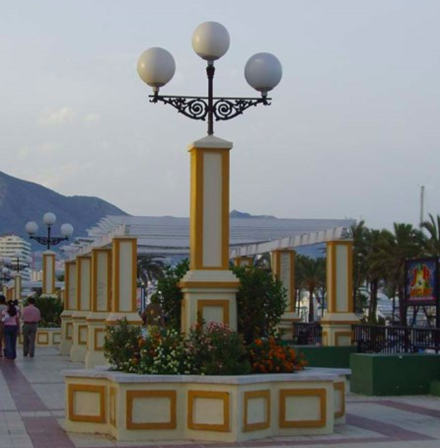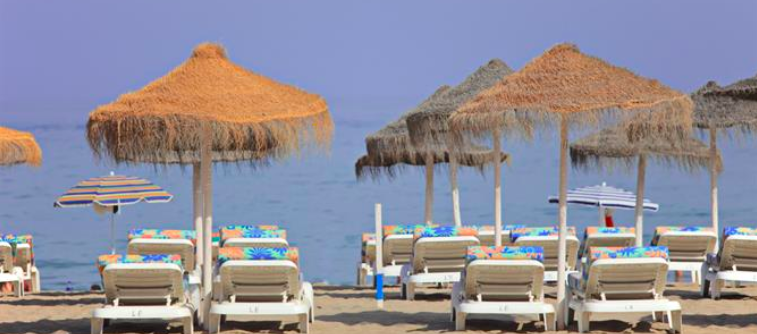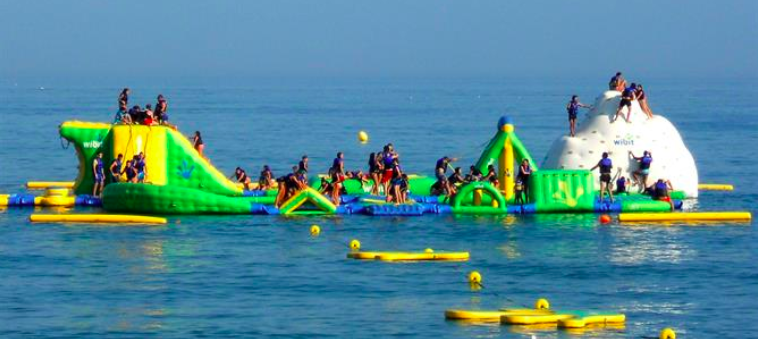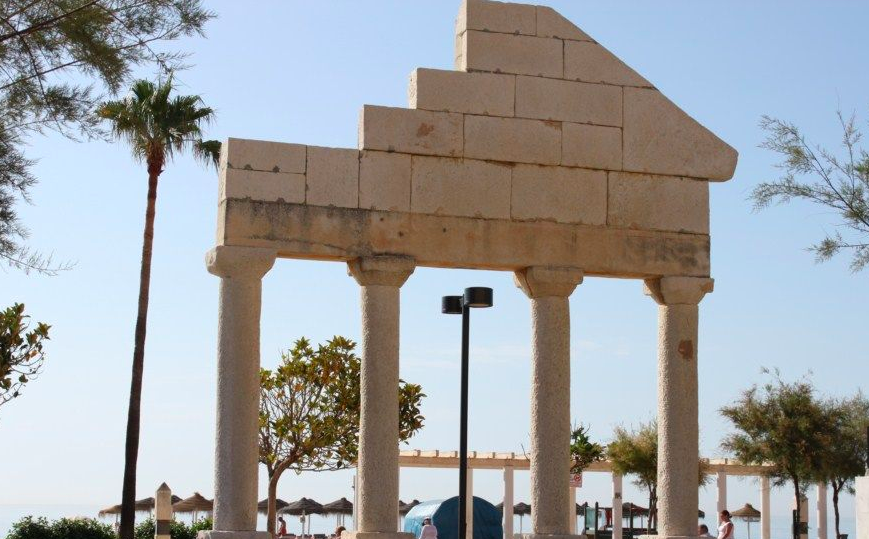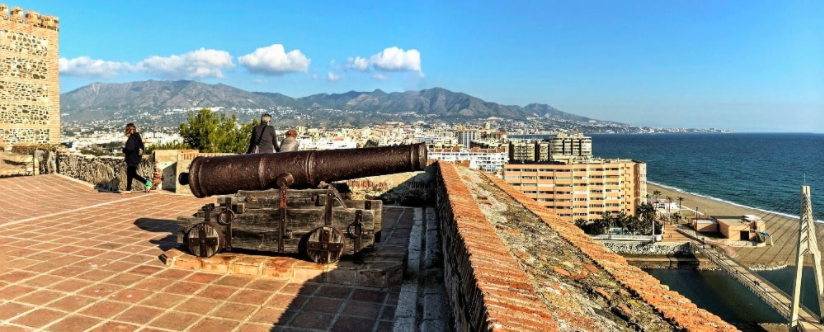Particularities
Modern Fuengirola
Around 1960, Fuengirola became a leading tourist center with associated facilities for eating, sleeping and relaxing. The city has widebeaches along an east to west boardwalk that encompasses smaller adjacent town. The city has an urban character, with a lot of high-rise buildings, also near the coast, but in the heart of the city there are still many narrow streets which are considerably equipped with shops and a wide range of gourmet restaurants with traditional Andalusian dishes.
Major Sights
- Feria square is located in the center of the city. A market is held here twice a week, in October the large funfair with party tents and in the spring the Feria de Los Pueblos ( country festival).
- The weekly market, as in most cities, ensures pleasant activities. Market stalls with clothes, bags, shoes and other nice souvenirs, but also fresh fruit and other delicacies that are beautifully displayed and where customers can negotiate the price. In short, a pleasant morning between 9am to 2pm.
- Where the market is held on Tuesday, the weekly flea market is on Saturday. Here are all kinds of stalls with different second-hand clothes up to furniture.
